Equipment
The Fujikura Fit-On Academy Experience
The Fujikura Fit-On Academy gives the everyday golfer a fitting experience that is fit for a pro. Using proprietary software, Fujikura compiles measurements of every club and all aspects of a swing in order to recommend the perfect shaft. The Academy is headed by Pat McCoy, a PGA of America member with years of experience fitting tour pros. McCoy and his staff find the “unique, one-of-a-kind thumbprint for a swing” that every golfer has.
Depending on the fitting package chosen, your experience can include a tour of the R&D Facility. During this time, you may hear something like when we visited McCoy and his intern Marshall Thompson:
“We at Fujikura needed a place where we could quickly test shafts and evaluate product quickly and easily for all of our customers and tour professionals. We test inside with Trackman and have an additional facility where we can test performance outdoors. Ultimately we also wanted to be able to bring in the consumer to see how we fit tour professionals and give them the experience and information to improve their game. We have many different heads to try out, nearly every one on the market and just about every golf ball so that we can fit any golfer. The common denominator with all of that is, of course, the shaft. We can fit for so many different swings with so many different shafts and wanted to show the customer that differences in shaft, loft, lie, weight, etc. can make a difference in their game. For example, one manufacturer with several head models enables us to offer 987 different fitting combinations.
We have a proprietary software program that we are able to put in all of a player’s information and have access to it everywhere we travel. In addition, the software is able to help other fitters with finding a player’s ideal fit since there are so many possible combinations.”
Part of the experience of the Fujikura Fit-On Academy is a complete measurement of your current bag. At this point, the loft, lie, etc. are carefully measured and recorded. A golfer will learn whether there is the right amount of loft between irons, both numerically and with graphical representation among other things (like lie and face angle).
McCoy went on to explain the engineering processes and machinery in a tour of the facility, which included a sneak peek at some soon-to-be released technology and a bit of the Facility’s history:
“The EI Machine is a new prototype that Fujikura will be selling to the industry in the future. This can measure the EI or flex curvature of a shaft in less than 2 minutes and can even measure an assembled golf club. Basically the shaft is measured by how well it retains it’s flex throughout when it is deflected. The machine bends the shaft and measures the entire length via laser and records the outside diameter and inside diameter while it is being flexed. It is a unique technology to the industry due to the speed and the fact that it can measure an entire club. In the past it would take over 10 minutes to measure a shaft and you could never measure an entire club.
We also have a fatigue machine that OEMs have purchased from us. What we do with this is bend the shaft while it is turning. This finds out where the shaft might fail. The machine goes up and down the shaft while it spins in tension. We run a computer program with this that tells us where the shaft failed and how long it took to fail. For example, the program will apply a certain amount of pressure for a specific time period, say two days, and tell us when that shaft failed. This machine will be a Fujikura-branded machine that will be manufactured and sold in the future.
When I first started eight years ago, Fujikura had a manufacturing facility with a staff of about 400 employees here in Vista, CA. Because of rising costs, we shut our facility down. In order to still support the major golf club manufacturers with top quality designs, we opened the Fujikura R&D facility. This facility has the same machinery and production capability of our factories overseas but at a much smaller scale. This has enabled Fujikura to design rapid prototype shafts and then easily transition these designs to our overseas facilities for mass production. The Fit-On Academy was created to use this prototyping capability to test and help design new and improved shafts designs for all level of players."
The Making of A Shaft
McCoy takes us through the making of a shaft: “What makes our shafts as good as they are is the material that we have in the shafts. One material is the TRIAX which is in our Speeder, the go-to shaft. Triax enables the shaft to return to its straight shape more quickly than conventional graphite shafts. It almost acts like a spring or a whip through the hitting area for increased clubhead speed. We have several other materials that are patented that only Fujikura uses in the golf shaft industry. Depending upon whether we are putting together the Speeder, Rombax, or next generation shaft s, all our shafts use the highest technology materials in the shaft industry.” During this time one sees the different sheets of the materials that will eventually become the shaft. The components are cut into the constituent parts and carefully layered. McCoy explains that there can be from about 5 plies of material up to 15 depending on the weight and flex of the shaft. The overall goal is always to make the shaft as round, or circular, as possible. The engineers at the facility have taken out all matter of chance in making the shafts as all specs are pre-determined. This means that it is known how each shaft will turn out (tip and butt flex, EI, weight, torque) before it is even made. There are machines that cut all of the materials and rolling presses in order to keep the integrity of the measurements, leaving nothing to chance. This makes reproducible, predictable results of a high quality. The process includes checkpoints that assure the quality of the shafts before they are cured. After shafts are cured they are meticulously examined for any flaws. The flex is checked digitally after the process is complete. There are machines that check the flex of the shafts with weights that some of the OEMs use to also check the specs in a more old-fashioned method. There is no “standard” for the shaft industry – most manufacturers have their own set of measurements that they consider to be ideal. In addition, measurements are not always taken from the same part of the shaft, further differentiating specs between different manufacturers.
The Fitting
Fujikura did not want to be in the dark about any club and wanted to be the source for knowing everything about a club. The first thing that happens with all of the products used in the fittings is meticulous measurements. When you see the drawers full of heads and other club pieces, each has a sticker that tells exactly what its measurements are (loft, lie, bulge, roll, etc.). They know everything about a club before putting it into a golfer’s hands. Everyone knows that a club that says 8.5 is not always an 8.5, after all. This is the case for the heads as well as the shafts (length, weight, etc.). In fact, Fujikura teaches other fitters to have different lengths, kickpoints, and other metrics in order to have more options to do a proper fitting. Indeed, the Fit-On Academy is quite thorough.
Trackman, the software, the screen…it’s all there…your measurements are meticulously recorded. Your clubs, your swing, everything. You don’t realize just how thorough your fitting was until about a week later. There you are, still euphoric over the entire experience when you check your mail. In your mailbox is a large manila envelope from Pat McCoy and his staff. You open it to find a folder with measurements of your club (or entire bag, depending on which fitting you opt for). The club, head, shaft, grip, loft, lie, and length are all recorded in a table. Next, if you have your entire bag measured will be graphs of length, loft, lie, swing weight, and weight. This is to show any gaps in your current system. Finally, a recommendation page with specs for what you have been fitted for. In addition, for each club that you are fitted for will be shot-by-shot Trackman details with averages, a graph of dispersion, and a trajectory graph are included. You’ll find these for both your club and the recommended club. Finally, a DVD (if included in your fitting package) shows your swing and includes lines for you to see your swing plane. When you come back down to Earth, you’ll realize that you have extremely valuable information that can only serve to improve your game. Now, you must act on it.
A Word From The President
Newly-minted President of Fujikura, Dave Schnider, has been with the company for nine years and at his current post since April 2008. Prior to his tenure with the company he was with Grafalloy, True Temper, and a college golfer at San Diego State University. We found out from Schnider that the Fit-On Academy is a big part of Fujikura’s plan here in the States. The company has done fittings in Japan for nearly ten years and they have more recently made this available to the US market. The company has learned so much about fitting from Japan and tour pro fittings that they now offer the everyday golfer this exceptional experience to improve their game. Being tied in to the R&D facility also gives them the ability stay in touch with all golfers’ needs. Fitting remains a top priority for the company.
The new shaft line – the ATL, or Academy Tour Limited – will soon be available. This line is designed for the PGA Tour and better players out there. In fact, the shafts will first be seen on Tour in late November/early December. Even so, the company is interested in being accessible to all golfers. The Fit-On Academy is to give the rest of us that Tour fitting experience that used to only be available to the pros. “The Tour player gets such a benefit from being properly fit. We wanted to bring this to more golfers”, says Schneider. The future of shafts at Fujikura will expand to fit mid-handicap and more players. Essentially, the E Series will already suit a large majority of golfers.
And By The Way
Everyone we met at the facility is an exceptional golfer in their own right. McCoy claims that he’s “not that great at only about a 4 or 5 handicap”, intern Thompson is a scratch golfer, and Schneider is a +2.
See For Yourself
With several options for a fitting – from one club to your whole bag – prices start at only $75. Check the Fujikura website here for all of the package details.
Equipment
BK’s Breakdowns: Cameron Young’s winning WITB, 2025 Wyndham Championship

Cameron Young’s WITB from his win at the 2025 Wyndham Championship. Cameron is a Titleist staff player but his bag is definitely filled with some unique clubs. Here are the clubs he used to secure his first PGA Tour win!
Driver: Titleist GT2 (9 degrees, A1 SureFit setting)
Shaft: Mitsubishi Tensei 1K Pro Orange 70 TX
3-wood: Titleist GT3 (15 degrees)
Shaft: Mitsubishi Tensei 1K White 80 TX
Hybrid: Titleist GT2 (21 degrees)
Shaft: Fujikura Ventus HB Black VeloCore+ 10 X
Irons: Titleist T200 (4), Titleist T100 (5), Titleist 631.CY Prototype (6-9)
Shafts: True Temper Dynamic Gold X7 (4-9)
Wedges: Titleist Vokey Design SM10 (48-10F, 52-12F, 56-14F @57), WedgeWorks (60-K* @62)
Shafts: True Temper Dynamic Gold X7
Putter: Scotty Cameron Phantom 9.5 Tour Prototype
Grips: Golf Pride Tour Velvet Cord
Ball: Titleist Pro V1x Prototype
Whats in the Bag
Peter Malnati WITB 2025 (August)
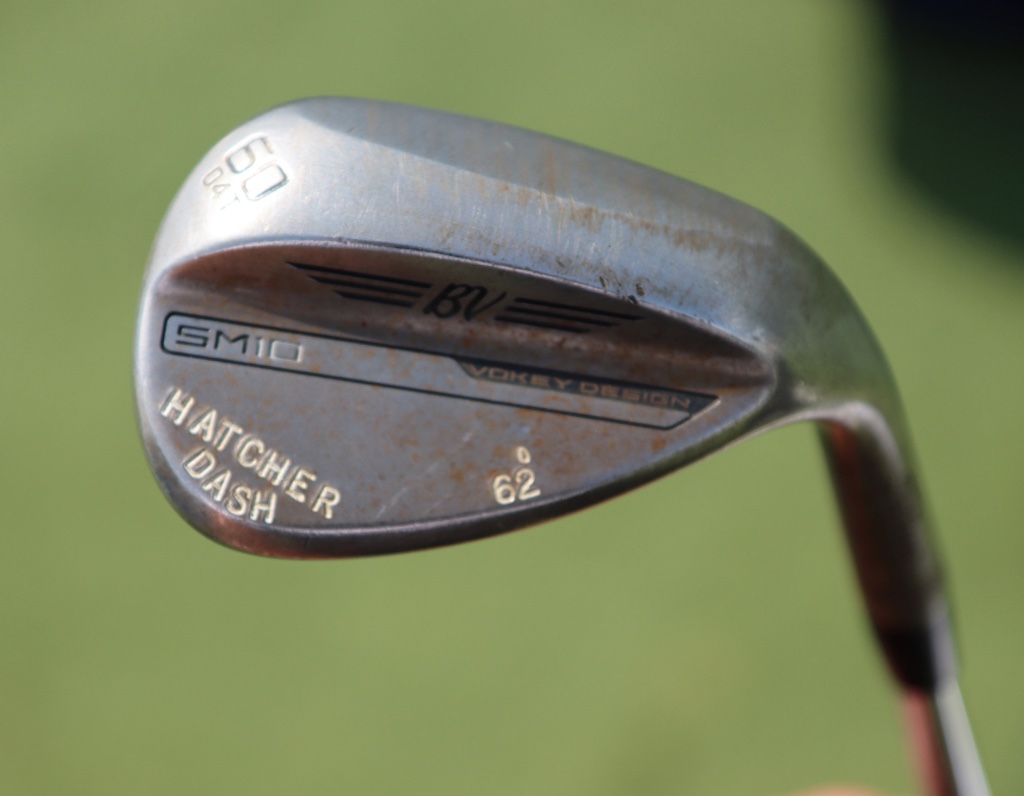
- Peter Malnati what’s in the bag accurate as of the Wyndham Championship. More photos from the event here.
Driver: Titleist GT3 (10 degrees, C2 SureFit setting)
Shaft: Project X Denali Blue 60 TX
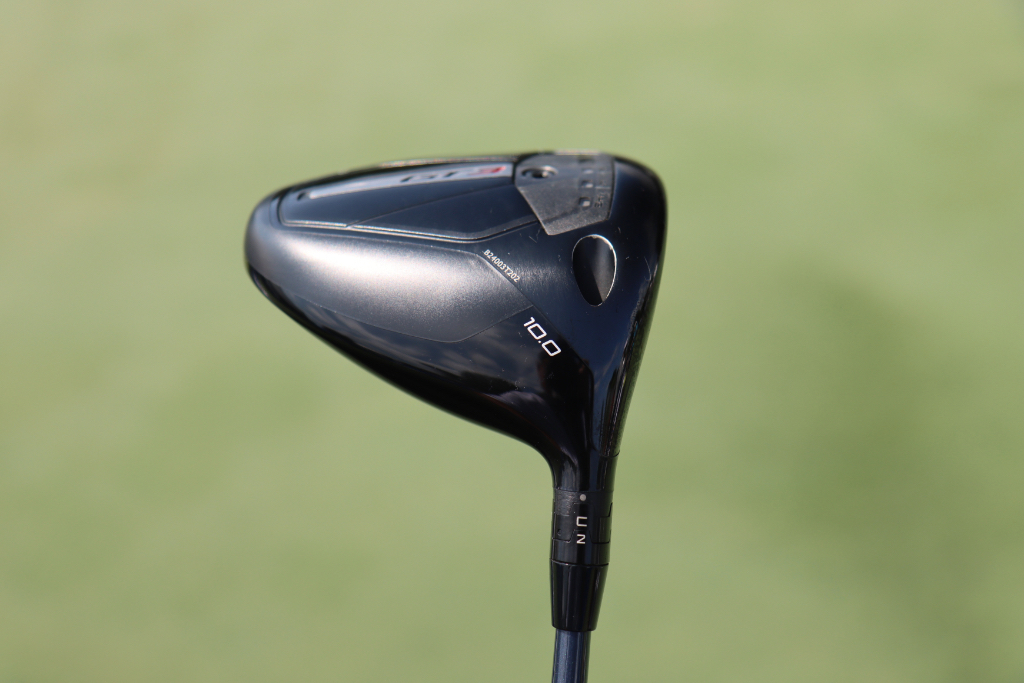

3-wood: Titleist GT3 (15 degrees, A1 SureFit setting)
Shaft: Fujikura Ventus TR Blue 7 X
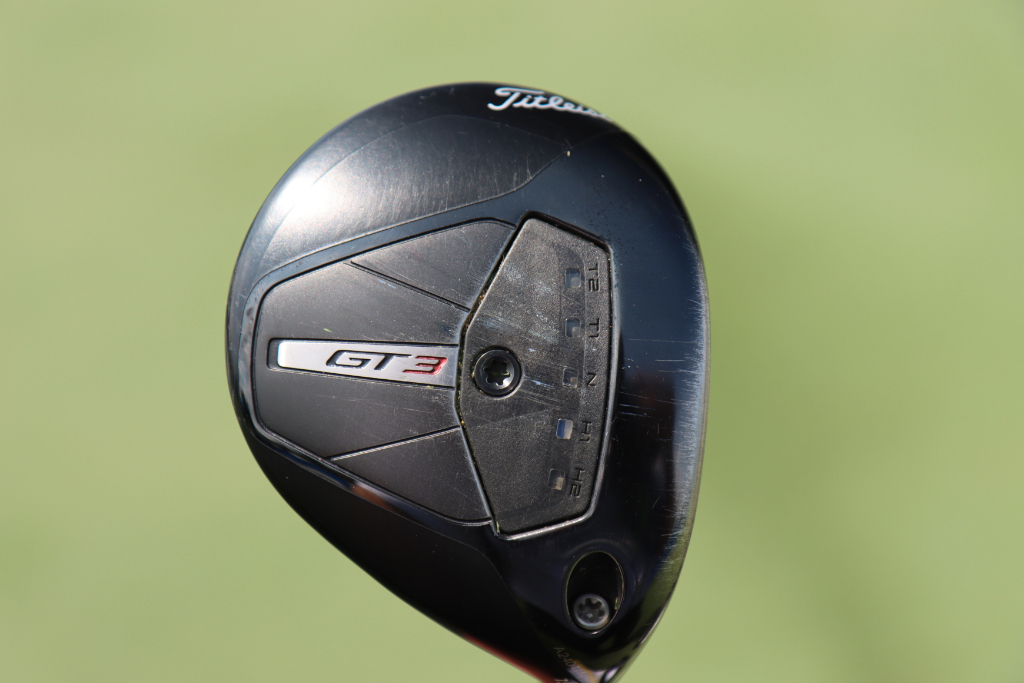
7-wood: Titleist GT2 (21 degrees, D1 SureFit setting)
Shaft: Fujikura Ventus TR Blue 8 X
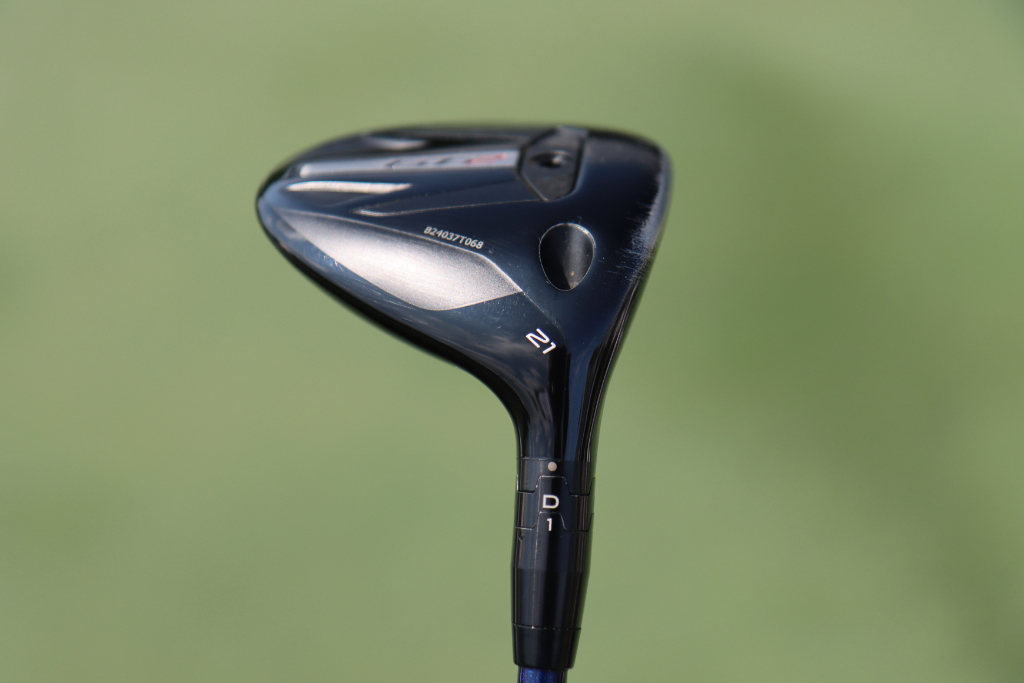
Irons: Titleist T150 (4, 5), Titleist T100 (6-9)
Shafts: True Temper AMT Tour White X100
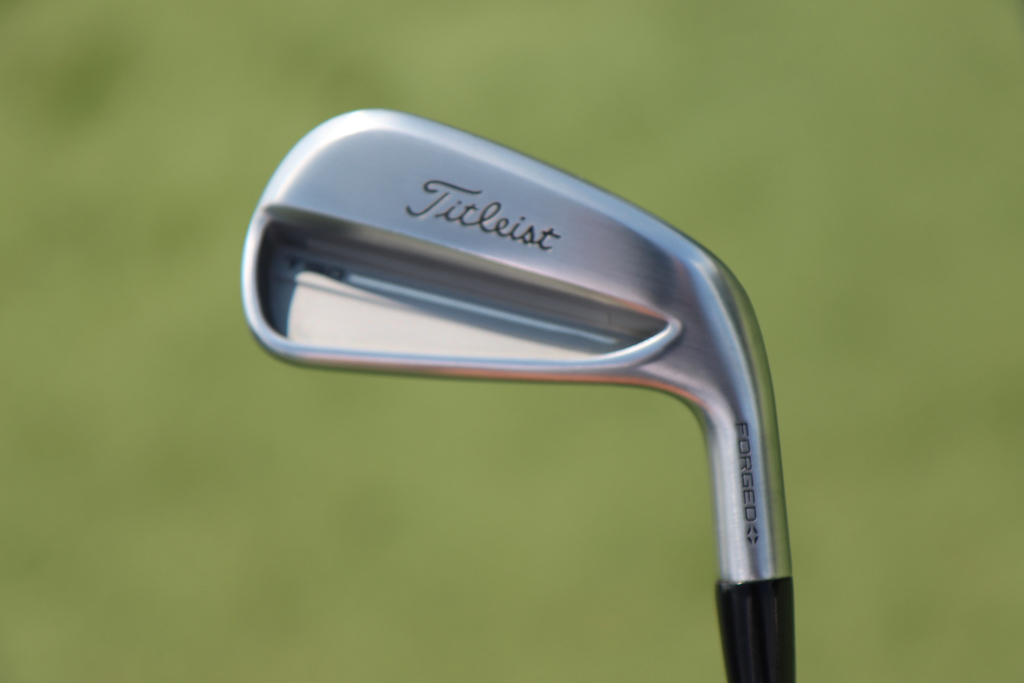
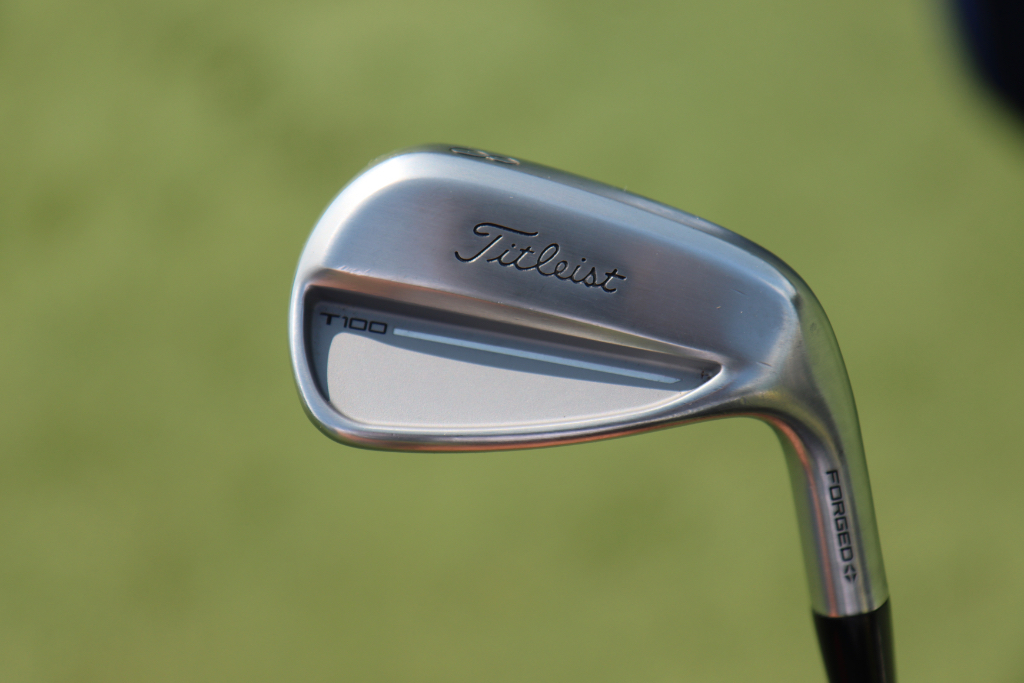
Wedges: Titleist Vokey Design SM10 (48-10F @47, 52-12F, 56-08M @57, 60-04T @62)
Shafts: True Temper Dynamic Gold Tour Issue S400
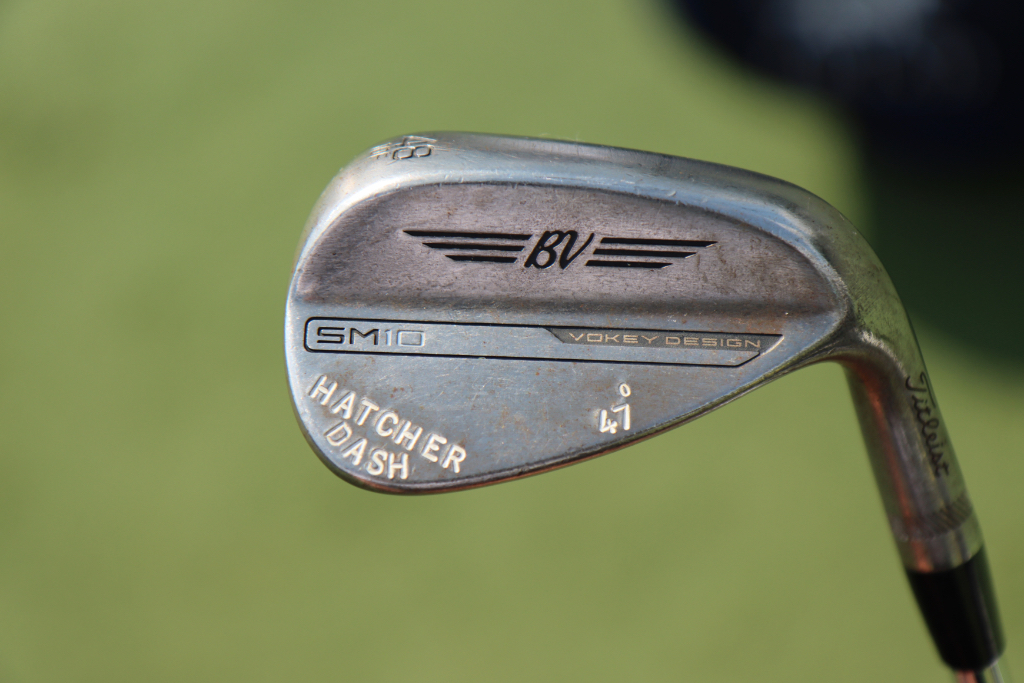
Putter: Scotty Cameron Studio Style Fastback 1.5 Tour Prototype
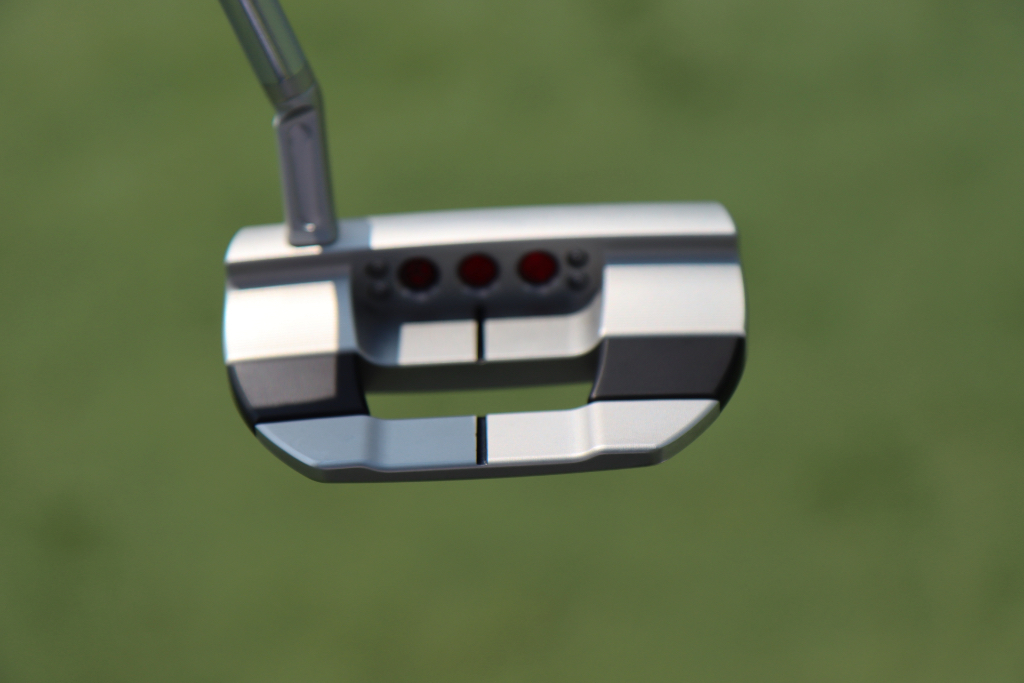
Grips: Golf Pride Tour Velvet
Ball: Titleist Pro V1x Yellow
Equipment
GolfWRX Members Choice presented by 2nd Swing: Best driver of 2025
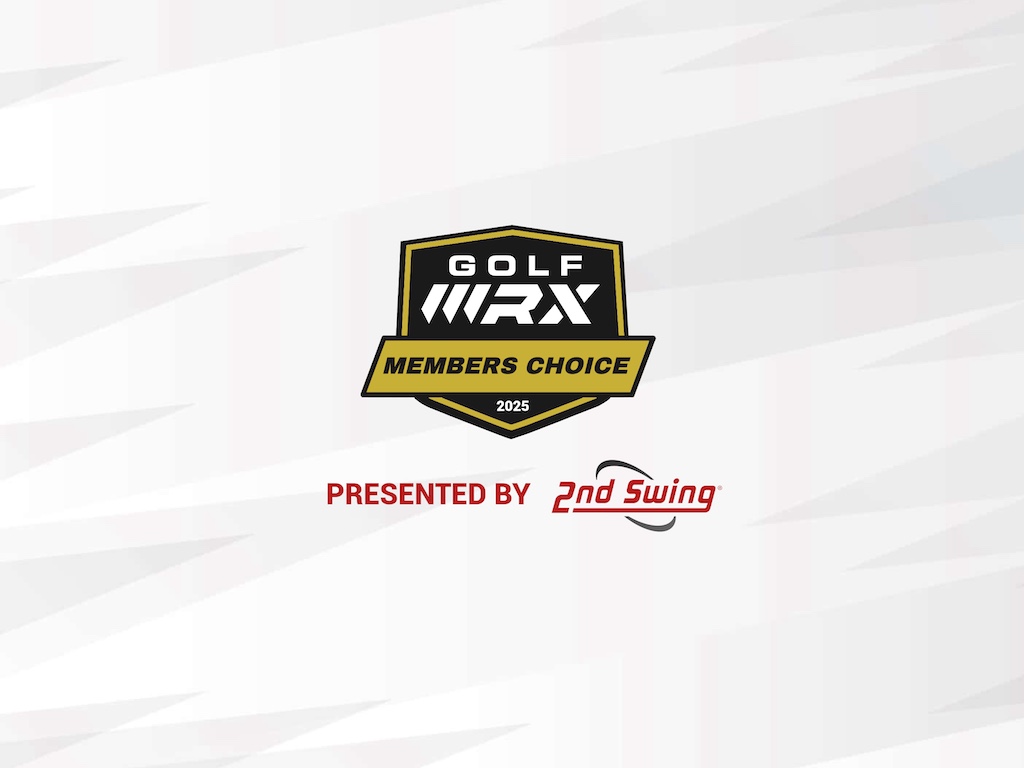
We’re proud to once again partner with 2nd Swing Golf to bring you GolfWRX Members Choice 2025! 2nd Swing has more than 150,000 new and pre-swung golf clubs available in six store locations and online. Check them out here.

What is the best driver in 2025? At GolfWRX, we take great pride in our online community and the cumulative knowledge and experience of our members. When it comes to the best driver of 2025, we want to know what our forum faithful think.
Since our founding in 2005, the bedrock of GolfWRX.com has been the community of passionate and knowledgeable golfers in our forums, and we put endless trust in the opinions of our GolfWRX members — the most knowledgeable community of golfers on the internet. No other group of golfers in the world tests golf clubs as frequently or as extensively, nor is armed with such in-depth information about the latest technology.
Below are the results of GolfWRX member voting for the 2025 best driver, along with the vote percentage for each club.
Best driver of 2025: The top 5
5. Callaway Elyte Triple Diamond: 6.02%
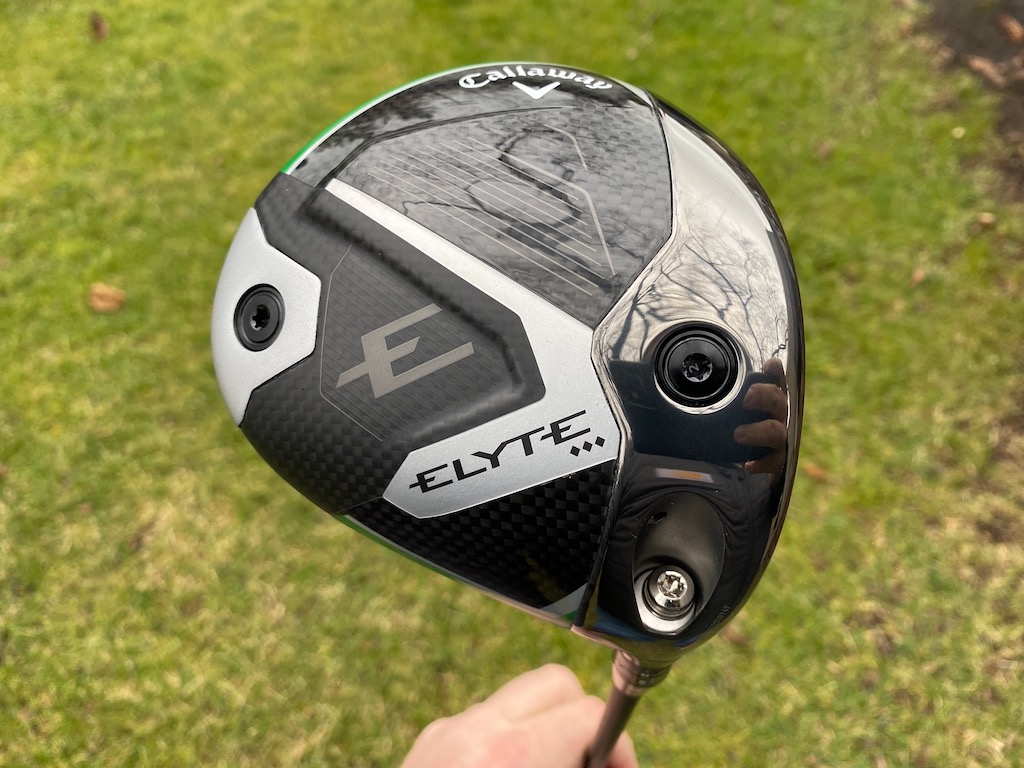
Callaway’s pitch: “For golfers looking for a fast, forgiving, yet workable driver, the Elyte Triple Diamond features a tour-inspired shape and is the preferred model by most Callaway tour players.”
You can read what other golfers are saying about the driver in the GolfWRX forums, and see our launch piece here. Shop the Callaway Elyte Triple Diamond here.
4. Ping G440 Max: 6.86%
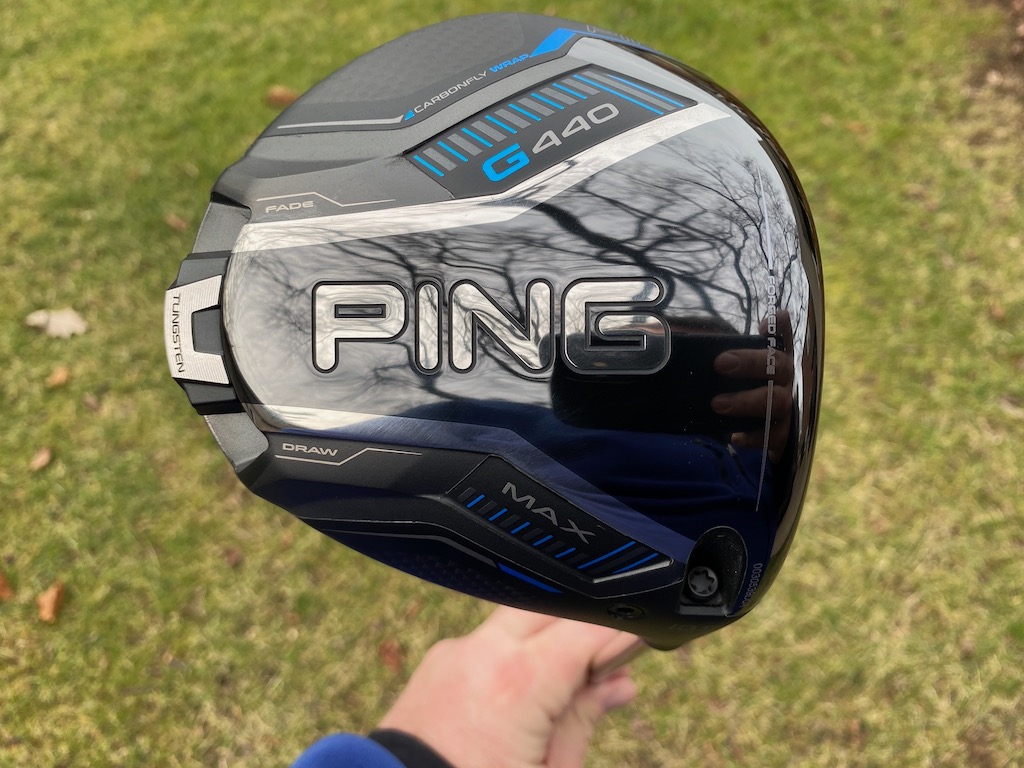
Ping’s pitch: “The most forgiving G440 model, MAX has a hotter face to generate speed and distance, and a lighter overall system weight with a longer shaft (46″) for faster clubhead speed, higher launch and longer carries. The Free Hosel and Carbonfly Wrap crown save weight to create our lowest CG ever and increase forgiveness while contributing to a more muted, pleasing sound.”
You can read what other golfers are saying about the driver in the GolfWRX forums, and see our launch piece here. Shop the Ping G440 Max here.
3. Ping G440 LST: 9.53%
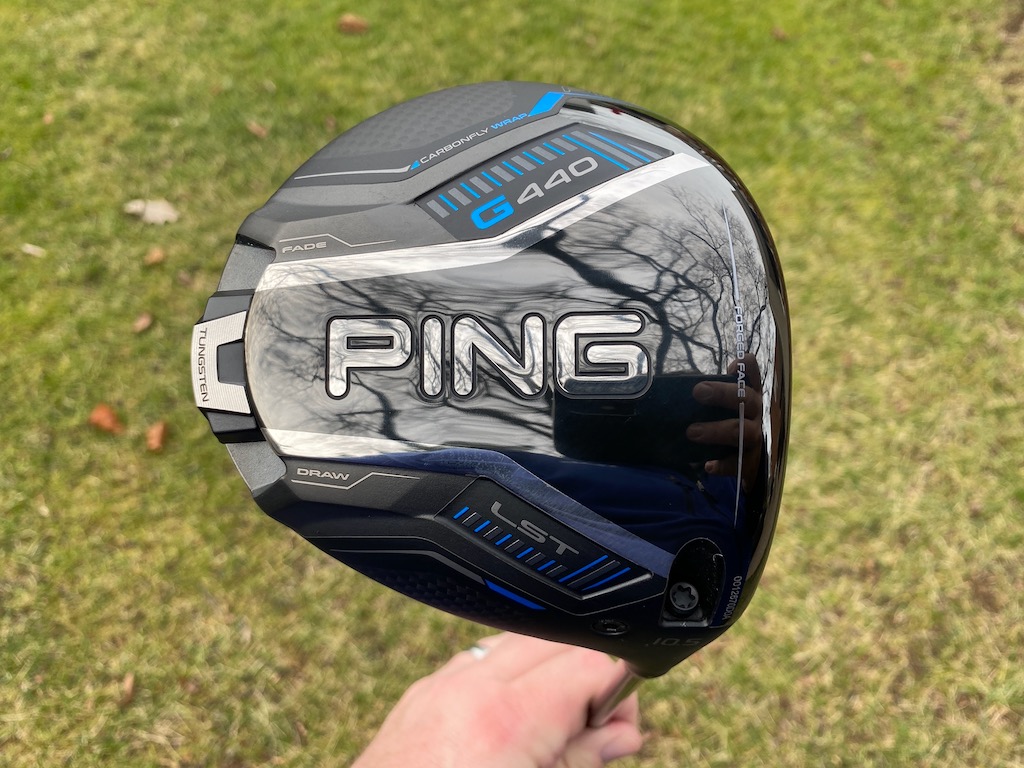
Ping’s pitch: “LST is an especially good fit for faster swings, offering less spin and more control with a penetrating trajectory. A hotter face, lighter overall system weight and longer shaft (46″) deliver more speed and distance while maintaining tight dispersion.”
@phizzy30: “Not a fan of Ping drivers in general, but 440 LST takes the cake. It’s super forgiving across the face for a low spin head, looks and sounds good and the ability to make it play neutral or slightly fade biased through the hosel settings is very appealing.”
You can read what other golfers are saying about the driver in the GolfWRX forums, and see our launch piece here. Shop the Ping G440 LST here.
2. Titleist GT3: 16.55%
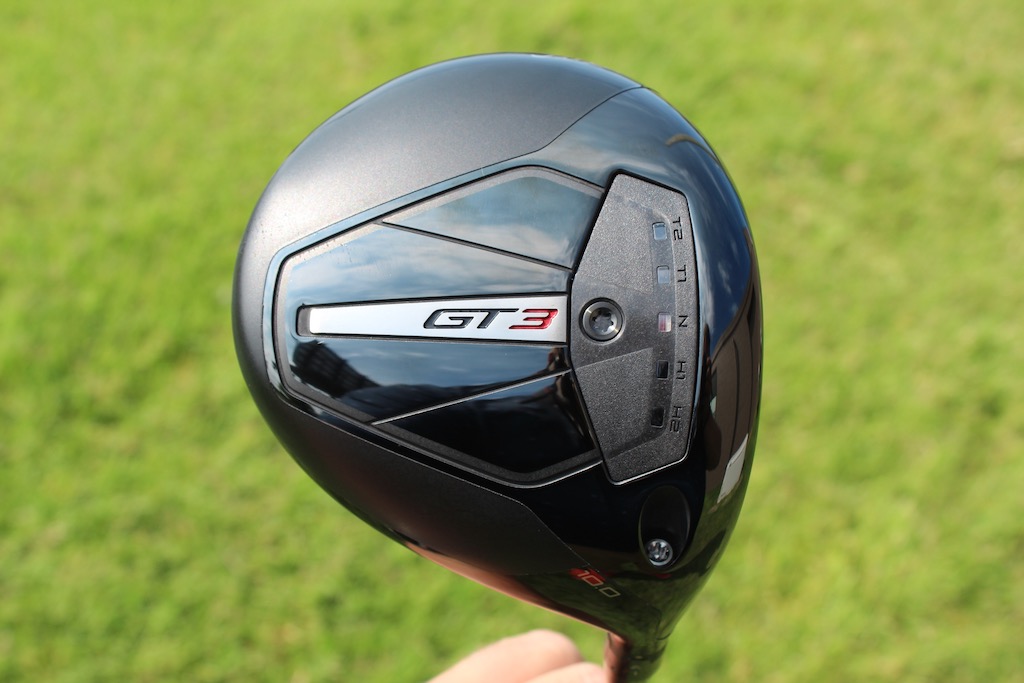
Titleist’s pitch: “The GT3 Driver offers Titleist’s boldest combination of power and personalization through adjustable performance. Dial in the CG Track to your frequent contact location to make your biggest drives even bigger while taking total control over flight and shaping.”
@mrmikeac: “I’ve been Anti-Titleist for years and years and years (outside of Vokey, of course). With that being said, HOLY BEGEEZUS the GT3 driver is an absolute NUCLEAR MONSTER! This thing blew my G430 10K Max out of the water in every single category. Forgiveness is the biggest thing that stands out of me, the 3 model has always been one of the less forgiving models in the past but this GT3 can take bad shot after bad shot and still end up in the fairway, I think a ton of that has to do with the adjustability, it’s actually effective. Feel and sound is perfect, that solid crack is so addicting to hear and when you hit it out the screws this thing can absolutely bomb it. Titleist, I’m sorry for doubting you. You have converted me.”
You can read what other golfers are saying about the driver in the GolfWRX forums, and see our launch piece here. Shop the Titleist GT3 here.
1. Titleist GT2: 22.91%
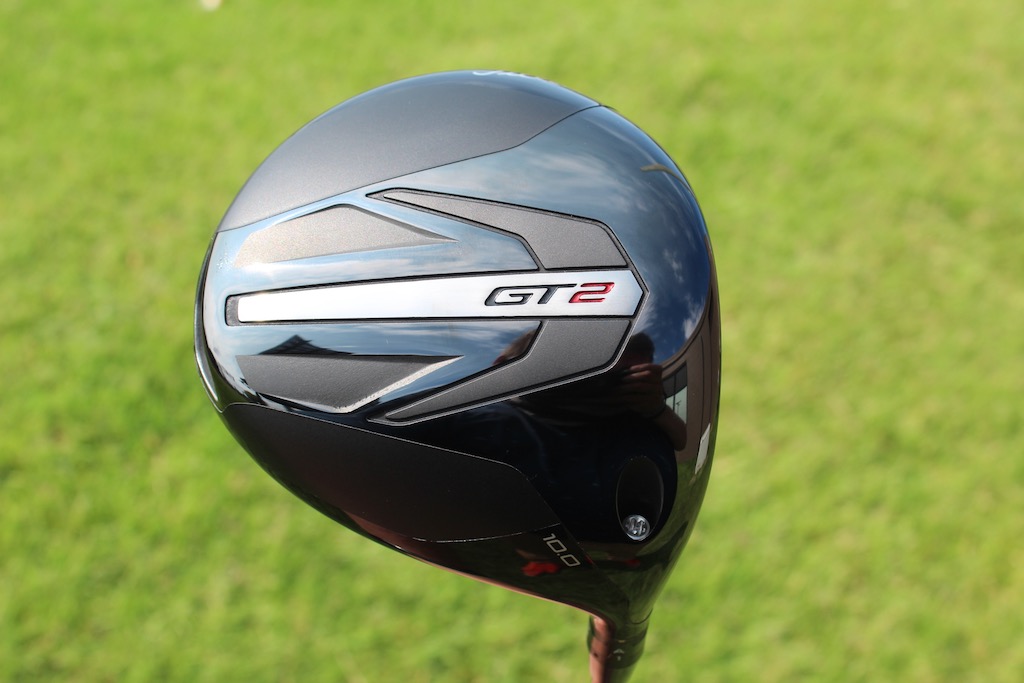
Titleist’s pitch: “Delivering impressive distance from any impact point, the Titleist GT2 Driver extracts maximum performance through a forgiving design. Get the stability and added confidence of a high-MOI driver without sacrificing speed.”
@DTorres: “The Titleist GT2 has proven to be the best driver of the year. Packaged in a classic profile, GT2 perfectly balances performance and forgiveness while consistently being a high performer across all categories.”
You can read what other golfers are saying about the driver in the GolfWRX forums, and see our launch piece here. Shop the Titleist GT2 here.
Other drivers receiving >2% of the vote
| Driver | Vote percentage (%) |
|---|---|
| Cobra DS Adapt Max K | 4.85% |
| Ping G430 Max 10K | 3.85% |
| Callaway Elyte Triple Diamond | 3.68% |
| TaylorMade Qi35 | 3.51% |
| Callaway Elyte | 3.18% |
| Cobra DS Adapt X | 2.34% |
| Cobra DS Adapt LS | 2.17% |
| TaylorMade Qi35 LS | 2.17% |
View this post on Instagram









